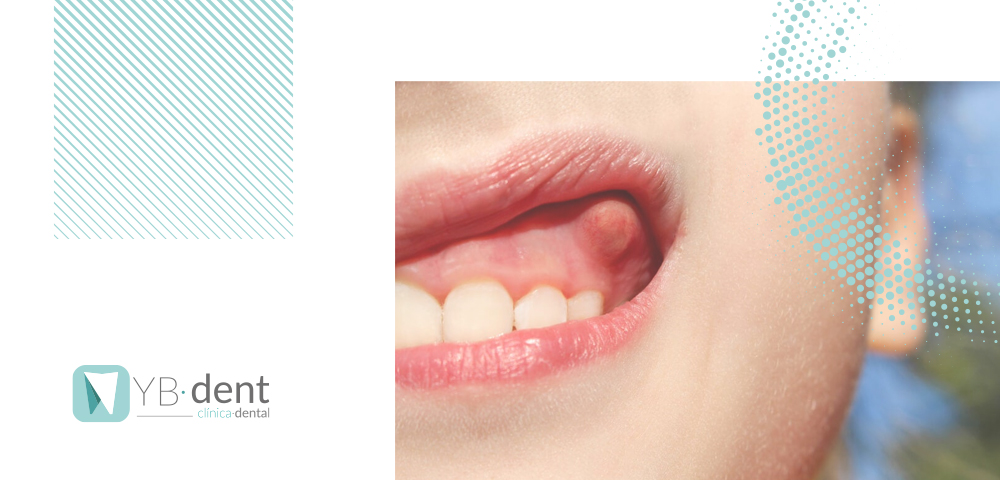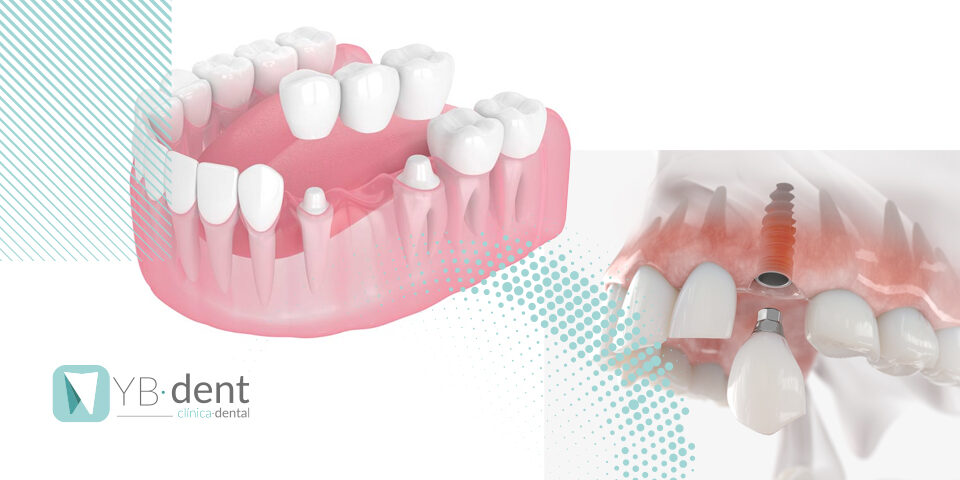Cómo tratar un flemón

La palabra «flemón» hace referencia a la zona en la que se ha desarrollado la inflamación: la raíz del diente. Si se interviene a tiempo, los daños en la pulpa dental pueden tratarse bien. Quien espera demasiado tiempo con la visita al dentista se arriesga a sufrir daños en el nervio y a la muerte del diente.
En muchos casos, la aparición de caries es la causa de un flemón. Sin un tratamiento inmediato de la caries, las bacterias de la caries penetran gradualmente a través de todas las capas del diente hasta llegar a la pulpa y finalmente a la punta de la raíz.
También, si la periodontitis no ha sido tratada o no se trata completamente, las bacterias de la zona de la encía pueden penetrar en el diente, atacar la raíz del diente y encenderla.
En casos más raros, un golpe en el diente o el rechinar de dientes es la razón de los flemones.
Igual de raro es que las muelas del juicio que han crecido de forma oblicua sean el desencadenante de una inflamación de la pulpa dental.
¿Cuáles son los síntomas de un flemón?
La inflamación de la parte más sensible del diente provoca un fuerte dolor de muelas. Al comer, el diente ya dolorido reacciona de forma intolerable a la presión y al calor y al frío. Ocasionalmente también se produce un desagradable pinchazo. Si la inflamación no es tratada inmediatamente por un dentista, puede afectar también al hueso de la mandíbula y al tejido circundante. Como resultado, que la mejilla se inflame.
Además, existe el riesgo de propagar los gérmenes en los dientes adyacentes y sus raíces, en las regiones faciales y en el cuerpo. Si el diente afectado duele y golpea con fuerza y deja de hacerlo de repente, no se trata de un signo de curación espontánea. Más bien, la pulpa dental y el interior son nervios dentales finos tan dañados que el dolor ya no se transmite: el diente está «muerto».
Las encías también sufren la inflamación de la raíz del diente. El cepillado puede causar sangrado. Las encías desde atrás y exponen los cuellos de los dientes, que reaccionan con dolor. En ocasiones, sin embargo, las bolsas de las encías se purgan o se llenan de líquido y provocan un mal aliento. Debido a las encías dañadas, los dientes pierden su sujeción. En general, los procesos inflamatorios en el organismo debilitan el sistema inmunitario y lo hacen más susceptible a las enfermedades infecciosas.
He aquí de nuevo los síntomas de un vistazo:
- Dolor de muelas intenso
- Sensibilidad a la presión al morder
- Dolor al golpear (dolor por percusión)
- Sangrado de las encías
- Retroceso de las encías
¿Cómo se trata la inflamación de la raíz del diente?
Mediante una inyección, el médico hace que el tratamiento de la zona alrededor del diente sea indoloro. De forma preventiva, se limpia la superficie del diente afectado con ultrasonidos, curetas o raspadores para eliminar concreciones, sarro o placas. A continuación, se enjuaga la cavidad bucal con soluciones antibacterianas para que no haya tráfico de gérmenes durante el tratamiento dental. Ahora comienza el tratamiento de conductos propiamente dicho. El dentista taladra el diente y extrae el diente inflamado. Unos pequeños instrumentos le ayudan a limpiar el conducto radicular. A continuación, se enjuaga con soluciones antibacterianas, posiblemente se limpie de nuevo y se enjuague de nuevo hasta que el conducto radicular esté completamente libre de gérmenes.
Si el conducto radicular no estaba infectado con bacterias, se puede volver a cerrar inmediatamente con una pasta especial de relleno radicular. Si el conducto radicular estaba infectado por bacterias, se le aplicará inicialmente un relleno antiinflamatorio y desinfectante, posiblemente varias veces. A continuación, se realiza una radiografía de control para verificar la alimentación completa. Porque sólo un relleno completo y denso garantiza que no puedan penetrar las bacterias. Sólo ahora se cierra provisionalmente el agujero perforado en el diente. Si el diente permanece seco y sin olor en los días siguientes, se le suministra la pasta especial de empaste radicular. En determinadas circunstancias, esto sólo ocurrirá en una segunda o tercera sesión.



